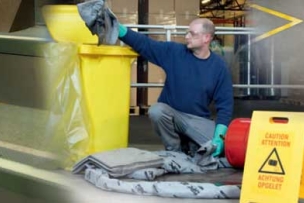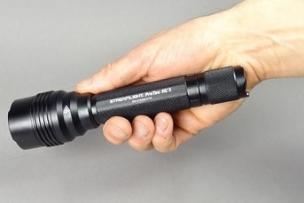Is there a gray area when it comes to ethics in safety? A panel of industry experts and academics at ASSP’s Safety 2019 discuss common ethical and legal issues safety professionals at all levels face today.
In the high-profile American Society of Safety Professionals conference panel “Where Do You Draw the Line? Navigating the Expanding Scope of the Safety Professional,” leading experts discussed ethical issues that safety professionals face today at its annual conference “Safety 2019” in New Orleans.
The panel included: Brad D. Giles, P.E., CSP, of Bradley Giles & Associates; Dr. Nick Nichols, professor and director, J.J. Keller University Program, Department of Occupational Safety and Health at Southeastern Oklahoma State University; Arthur Schwartz, CAE, deputy executive director and general counsel of the National Society of Professional Engineers; Treasa M. Turnbeaugh, Ph.D., CSP, chief executive officer of the Board of Certified Safety Professionals; and Stephanie M. Gurnari, CSP, risk engineering services branch manager with Chubb.
It is not uncommon for safety professionals to be caught in ethical dilemmas. Reporting safety incidents and injuries to authorities such as the Occupational Safety and Health Administration can cause issues with supervisors and company or organizational management.
Safety professionals are sometimes caught between adhering to a code of ethics that says they have a duty to report when safety events occur—and navigating their own careers when they could be perceived as damaging a company’s reputation or influencing the bottom line. If reported incident rates go up, it’s more likely companies can expect surprise inspections from a regulating body, such as OSHA, which could lead to being cited for violations and fines.
Other ethical situations can arise when safety pros are asked by their employers to take on more duties, such as in industrial hygiene, environmental compliance and sustainability when they have not been fully educated and certified in these areas.
“It is very common today to see those working in safety to be asked to expand their responsibilities into hygiene and areas of security beyond their current training,” says Turnbeaugh, from the Board of Certified Safety Professionals. “There is a real temptation to want to prove the ability to do more here. Maybe they’ve had a little exposure to some of these new duties and feel they can help out—and that doing more is beneficial to their careers.”
Well, with a CSP certification, there are strict guidelines.
“You can only practice within your education,” says Turnbeaugh.
![]() Keep track of all of this year's ASSP event coverage on our MSC at Safety 2019 page.
Keep track of all of this year's ASSP event coverage on our MSC at Safety 2019 page.





Talk to Us!
Leave a reply
Your email address will not be published. Required fields are marked *